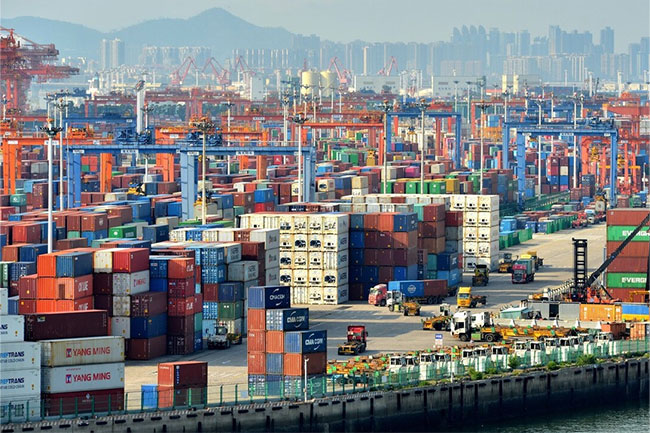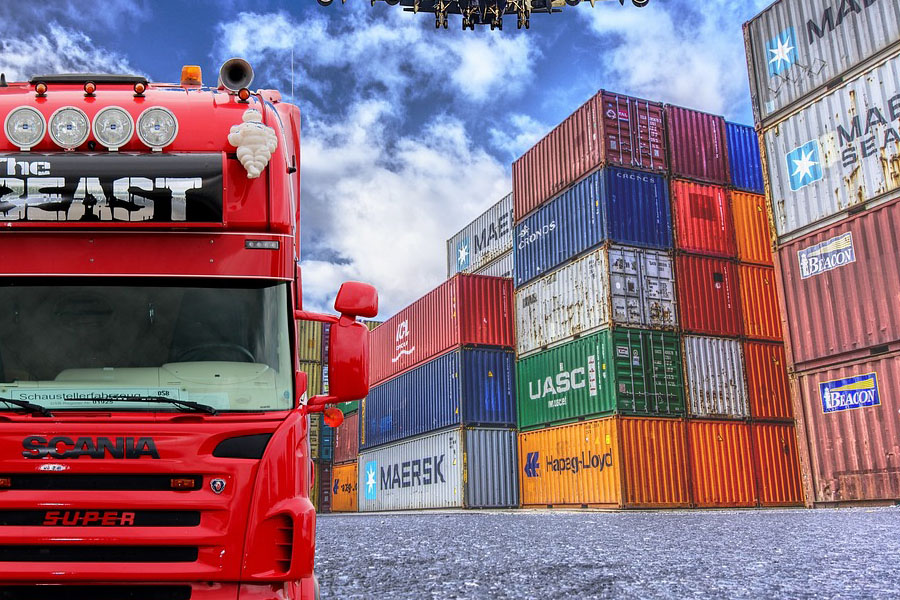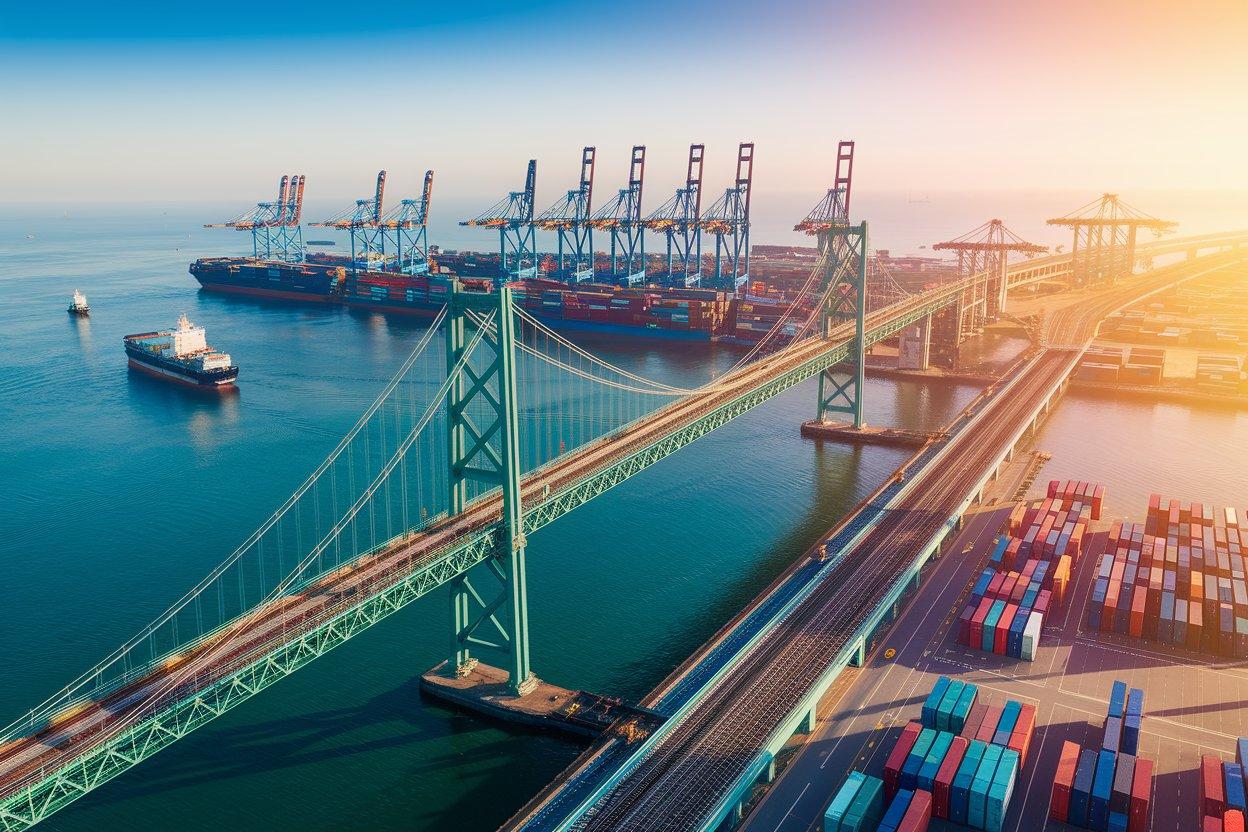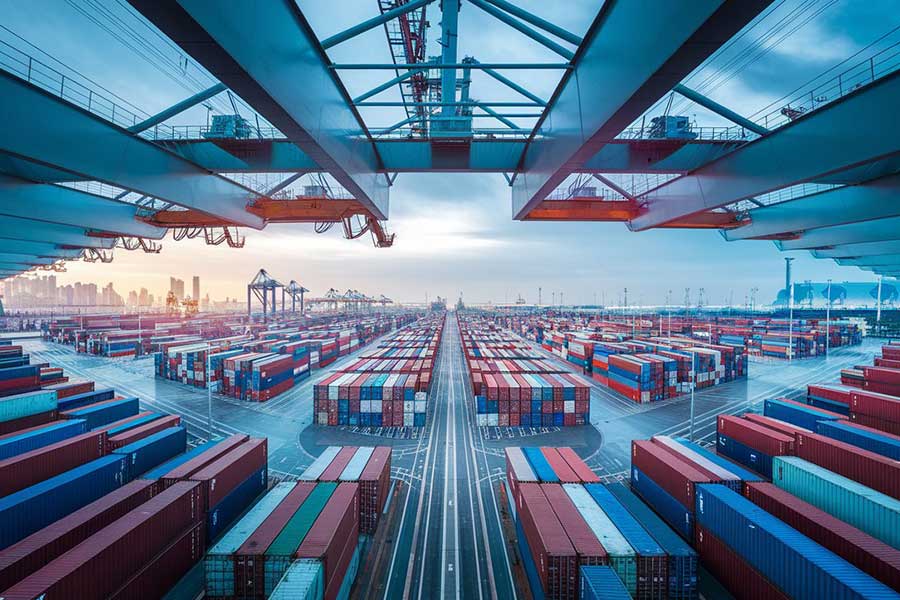- Shanghai Zhongshen International Trade Co., Ltd. - Two decades of trade agency expertise.
- Service Hotline: 139 1787 2118

According to the Administrative Measures for Value - added Tax and Consumption Tax on Exported Goods and Services implemented in 2025, agency export tax rebate needs to meet three conditions simultaneously:import and exportWhat exactly does it mean?
Agency import and exportRefers to being conducted by professionalsforeign tradeThe business model where companies represent enterprises in completing the entire process of international trade services, including customs clearance, foreign exchange settlement, and document processing. According to data from the General Administration of Customs of China in 2022, approximately 63% of small and medium-sized enterprises in the country conduct import and export operations through agency models, primarily addressing the following core issues:
- Legal Trade Channels for Enterprises Without Import and Export Rights
- Avoiding policy and regulatory risks in international trade
- Share the customs clearance, logistics, and tax refund resources of a professional team.
2. Which types of enterprises are most suitable for adopting the import and export agency model?
Based on the latest foreign trade policies for 2025, the following five types of enterprises are recommended to prioritize agency services:
- Start-up foreign trade enterprises: Small and micro enterprises with an annual export value of less than 5 million yuan
- Special commodity operators: InvolveMedical Equipment, food, and other fields requiring special qualifications
- Temporary trade demand: Single batch or short-term import and export business
- Complex customs declaration scenarios: InvolveEntrepot Trade, bonded warehousing, and other special supervision models
- Cross-border e-commerce enterprises: Need to handle fragmented orders across multiple platforms and ports
III. How to Identify a High-Quality Import and Export Agency Service Provider?
When selecting a service provider, it is essential to verify the following four core qualifications:
- Customs certification level: Prioritize AEO Advanced Certification enterprises (as required by the new regulations in 2025)
- Foreign exchange management capability: Verify foreign exchange compliance records for the past three years
- Risk prevention system:
- Whether to establish a product classification database
- Whether it is equipped with a trade compliance audit team.
- Digital Service Capability: Request for a real-time customs clearance status tracking system.
4. How is the fee structure for import and export agency calculated?
The agency service fee for 2025 typically consists of three parts:
- Basic service fee: Charged at 0.8%-1.5% of the cargo value (depending on the commodity category)
- Presentation of L/C documents: 800 - 1500 yuan per order
- Agency for export tax rebate: 5% - 8% of the tax rebate amount
- Special document preparation: 200-800 RMB per order
- Certificate of Origin: 150-500 RMB/copy
- Risk guarantee: Approximately 3% of the cargo value as customs guarantee.
V. What are the legal risks associated with adopting the agency model?
Special attention should be paid to the following three common risk scenarios:
- Disputes over commodity classification: Customs penalties due to misdeclaration by the agency.
- Foreign Exchange Verification Delays: InfluenceExport DrawbackTime limit
- Intellectual property disputes:Jointly and severally liable for tort liability
It is recommended to explicitly stipulate in the agency agreement: a full compensation clause for losses caused by the agent's fault, and require the submission of an annual compliance audit report.
VI. What are the new trends in import and export agency services for 2025?
According to the latest industry trends, companies should focus on three major development directions:
- Digital customs clearance: Fully integrate with the Customs "Single Window" 3.0 system
- Newly added carbon footprint certification and green tariff optimization services: Carbon footprint certification, green tariff optimization
- Supply chain finance integration:Synergy between Agency Services, Export Credit Insurance, and Accounts Receivable Financing
Related Recommendations
? 2025. All Rights Reserved. Shanghai ICP No. 2023007705-2  PSB Record: Shanghai No.31011502009912
PSB Record: Shanghai No.31011502009912










